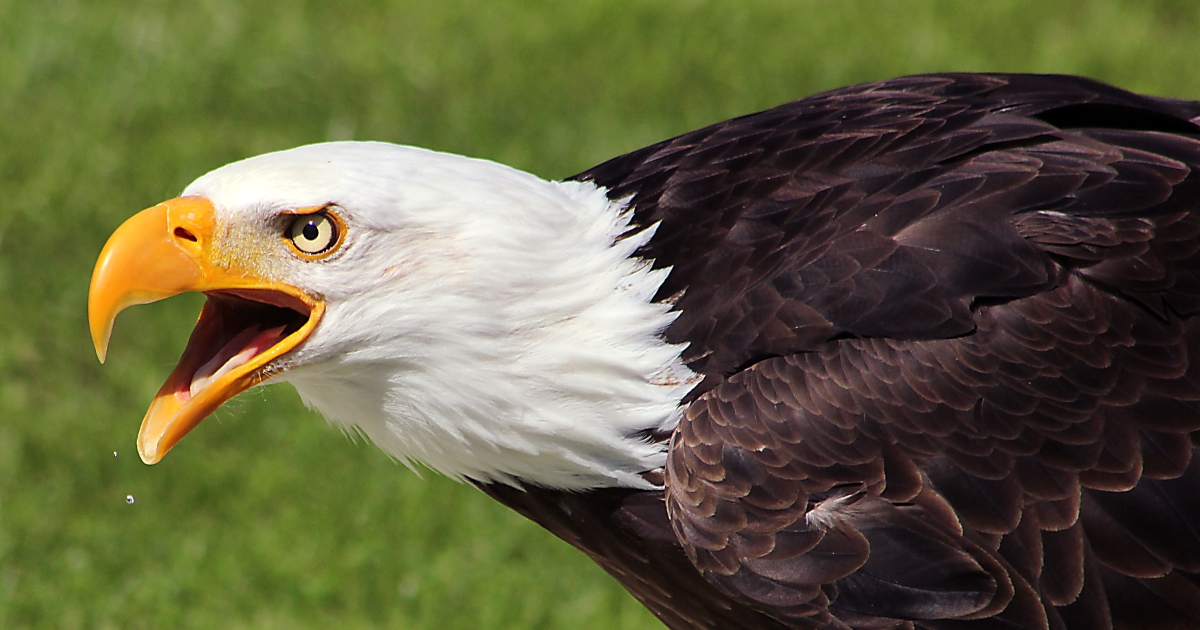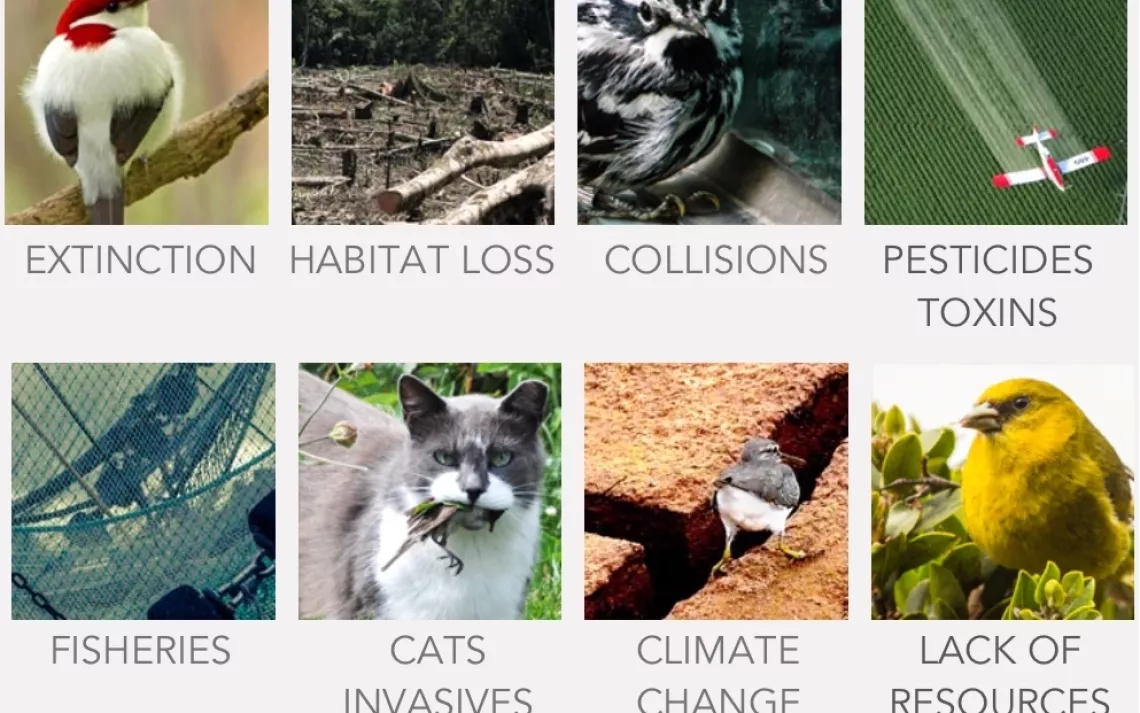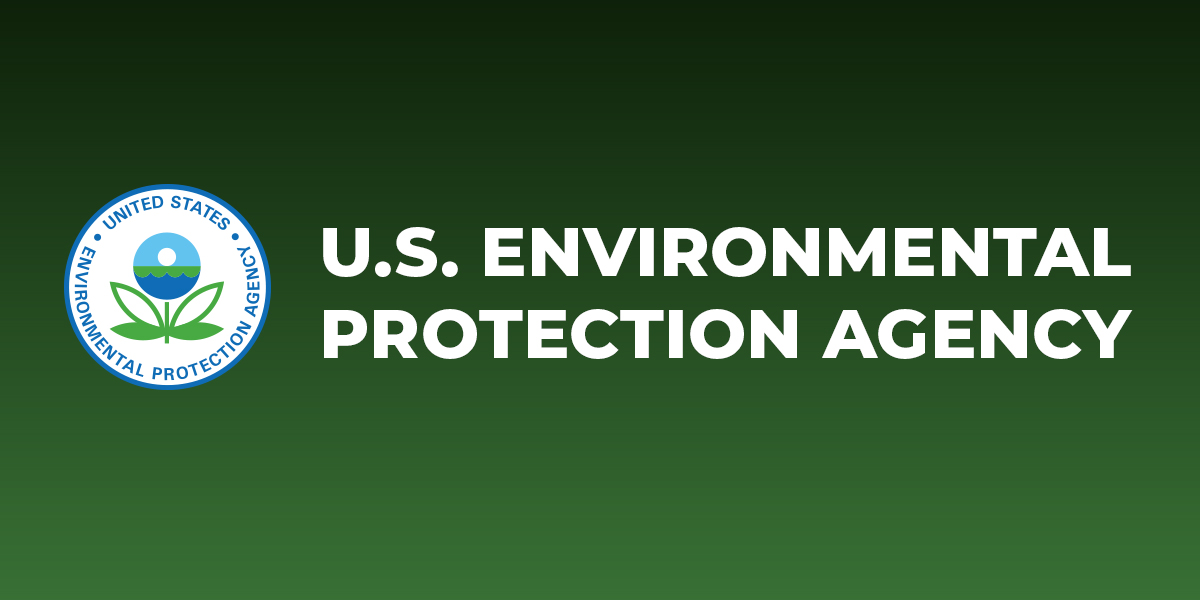There are 2 references, that I’ve found, that show a cyclical nature to lead toxicity in scavenging raptors. Lead levels are lower but still exist in the spring, summer, then tend to rise through the fall and winter..then return to lower levels again in spring..think sine wave Which would sort of indicate a correlation to lead in game animal carcasses..but..one of the papers is data from a state that does not allow the use of lead ammunition in firearms.
The depuration rate of lead (or half-time for lead elimination from blood) has been estimated to be approximately two weeks in condors [37] and less than two weeks in common ravens [36]. The 37 note is from a study done in 2003. The 36 note is from 2008.
What is the number of annual deaths caused by lead toxicity in raptors like condors, eagles and hawks? IDK..I wasn’t able to find statistics. I did find one that ststed the annual rate of population growth for Bald Eagles and Golden Eagles is approximately 10% and 4%. From 2009 to 2021 the Bald Eagle population grew from 72,434 to 316,700 for the United States (lower 48 only). Apparently, the population growth is outpacing deaths, from any means, by a large margin.
A further route of lead toxicosis in birds is uptake from diverse environmental sources in food. Most cases of poisoning occur following exposure to very elevated lead concentrations, such as may be found in the vicinity of mines, waste dumps, and industrial plants. Add municipal small plane airports to that list..as all aviation fuel for small planes is still leaded.
Inorganic forms of lead do not biomagnify and do not bioaccumulate. Inorganic meaning processed lead as found in bullets.
Lead is cancer-causing, and adversely effects reproduction, liver and thyroid function, and disease resistance (Eisler 1988b). The main potential ecological impacts of wetland contaminants result from direct exposure of algae, benthic invertebrates, and embryos and fingerlings of freshwater fish and amphibians to lead. It can be bioconcentrated from water, but does not bioaccumulate and tends to decrease with increasing trophic levels in freshwater habitats (Wong et al. 1978; Eisler 1988b). Lead adversely affects algae, invertebrates, and fish. There are also limited adverse effects in amphibians, including loss of sodium, reduced learning capability, and developmental problems (Horne and Dunson 1995; Freda 1991). Fish exposed to high levels of lead exhibit a wide-range of effects including muscular and neurological degeneration and destruction, growth inhibition, mortality, reproductive problems, and paralysis (Eisler 1988b; EPA 1976). Lead adversely affects invertebrate reproduction; algal growth is affected. Lead partitions primarily to sediments, but becomes more bioavailable under low pH, hardness and organic matter content (among other factors). Lead bioaccumulates in algae, macrophytes and benthic organisms, but the inorganic forms of lead do not biomagnify.
At elevated levels in plants, lead can cause reduced growth, photosynthesis, mitosis, and water absorption (Eisler 1988b). Birds and mammals suffer effects from lead poisoning such as damage to the nervous system, kidneys, liver, sterility, growth inhibition, developmental retardation, and detrimental effects in blood (Eisler 1988b; Amdur et al. 1991).
Lead poisoning in higher organisms has been associated with lead shot and organolead compounds, but not with food chain exposure to inorganic lead (other than lead shot, sinkers or paint) (Eisler 1988b). There are complex interactions with other contaminants and diet. Lead poisoning in higher organisms primarily affects hematologic and neurologic processes.
Bioaccumulation / Bioconcentration / Biomagnification:
Bioaccumulation is the general term describing a process by which chemicals are taken up by a plant or animal either directly from exposure to a contaminated medium (soil, sediment, water) or by eating food containing the chemical. Related terms are bioconcentration in which chemicals are absorbed by an animal or plant to levels higher than the surrounding environment; and biomagnification, in which chemical levels in plants or animals increase from transfer through the food web (e.g., predators have greater concentrations of a particular chemical than their prey).
Lead shot for migratory birds has been banned in the US since 1991..”phased-in starting with the 1987-88 hunting season. The ban became nationwide in 1991. “ Lead shot has been banned for waterfowl hunting for 32 years. Bald Eagles are most commonly found around bodies of water because their primary food source is normally fish. Sure, they would eat a wounded duck, but what are the odds that said duck was wounded with lead..since it been banned. Yes..I’m sure there are hunters that still use lead shot illegally in the US for waterfowl.
The ban on the use of lead shot for hunting waterfowl was phased-in starting with the 1987-88 hunting season. The ban became nationwide in 1991. Nontoxic shot regulations apply only to waterfowl, defined as the family Anatidae (ducks, geese, [including brant], and swans) and coots.

www.fws.gov
The bald eagle population climbed to an estimated 316,700 individual bald eagles in the lower 48 states.
Populations of the American bald eagle — the bold national symbol of the United States — have quadrupled since 2009, according to a new report by the U.S. Fish and Wildlife Service and its partners. Bald eagles once teetered on the brink of extinction, reaching an all-time low of 417 known...

fws.gov
The number of bald eagles in the lower 48 U.S. states has quadrupled in the last 12 years to more than 316,700, between 80,000 - 110,000 in Alaska, and between 50,000 - 500,000 Canada. So 316,000 plus 95,000 plus 275,000 is approximately 686,000 bald eagles in North America.
Bald Eagles were on the brink of extinction in the USA late in the 20th century, but now has a stable population and is in the process of being removed
alaskatrekker.com
If you were to read this article you’d think the Bald Eagle was again on the brink of extinction..
A first-of-its-kind, eight-year study has found widespread and frequent lead poisoning in North American bald and golden eagles impacting both species’ populations.

www.usgs.gov
”A first-of-its-kind, eight-year study has found widespread and frequent lead poisoning in North American bald and golden eagles impacting both species’ populations.” A 9 year study..WOW! So a total of around 236 live Bald Eagles and 384 Golden Eagles over an 9 year period is “groundbreaking”..seriously?? 69 birds per year. Roughly 1.4 Birds per state. That’s 236 Bald Eagles out of a population estimated to be around 686,000. Put another way.. a sampling of 0.0344% of the population is groundbreaking. But wait..only 45 of the 236 were considered as having a potentially lethal dose of lead. So thats 45 out of a population of 636,000. Damn..that’s a real problem.
“These findings are the first to look at bald and golden eagle populations across North America, using samples from 1,210 eagles over 38 U.S. states including Alaska. Poisoning at the levels found in the study is causing population growth rates to slow for bald eagles by 3.8 percent and golden eagles by 0.8 percent annually. Previously, evaluations of lead exposure and its impact on eagle populations were only performed in local and regional studies. This groundbreaking study documents how lead poisoning inhibits both species’ population growth across North America. ”
Problems with the study..IMO..The study was done over 9 years and no data was taken for the year or exact location of collection. In addition, the web write-up state 1210 eagles were sampled, but only 620 were blood samples. GPS coordinates could have been used, but instead a very general state and migration flyway were noted. The reason these are both issues with the report are 1) if a data collection year had been recorded or exposed in the study, it could have been determined if the lead issue were increasing or declining. 2) if a GPS data point were included, it could have identified a more specific location which could have been used to identify mining and ore processing operations or municipal airports as a source of lead. If a GPS location had been provided it would have been very easy to show if the collection was done on or near areas associated with hunting and used of lead bullets. 3) Why not take and publish blood samples from all 1210 birds?
When you do a study that traps or examines primarily sick birds, why would you be surprised to discover that there are sick birds in the data set? The vast majority of the birds tested..90%..did not meet the toxicicity guidelines set by the USGS for removal from the wild.
“The study’s modeling shows that lead reduces the rate of population growth”. First..the study relies on computer modeling. This type of “study” is biased toward the results desired by the person designing the model. Second, the populations of Bald Eagles and Golden Eagles are not in decline. Unless you carefully read the wording..according to the study, a reduction in the rate of increase is considered a decline..DOH!
The following data were extracted from the .CSV files attached to the research..
For Blood above 60 μg/dL birds need a detox..all else can be released
Data sample Bald and Golden Eagles Combined
Blood 620. Only 102 of 620 were above the level of 40 μg/dL. and only 61 of 620 were above the level of 60 μg/dL
Data sample Bald Eagles
Blood 236. Only 68 of 236 were above the level of 40 μg/dL. and only 45 of 236 were above the level of 60 μg/dL
Data sample Golden Eagles
Blood 384. Only 34 of 384 were above the level of 40 μg/dL. and only 16 of 384 were above the level of 60 μg/dL
We evaluated lead poisoning in bald and golden eagles during all seasons of the year and from states in each of the four major flyways throughout the continental USA.

www.sciencebase.gov
Following USGS 60 μg/dL Guidelines specified below…
Lead poisoning is a threat to birds, particularly scavenging birds of prey. With the availability of portable lead-testing kits, an increasing number of field researchers are testing wild-caught birds, in situ, for lead poisoning. We describe guidelines for evaluation of lead toxicity in wild...

www.usgs.gov
Lead poisoning is a threat to birds, particularly scavenging birds of prey. … Best practices suggest that birds whose blood-lead levels are <40 μg/dL be released back to the wild as soon as possible after capture. The decision to release or treat birds with blood-lead levels between 40 μg/dL and 60 μg/dL should be made based on the presence of clinical signs of poisoning and relevant biological characteristics (e.g., breeding status). Finally, birds with blood-lead levels >60 μg/dL are potentially lethally poisoned and best served if removed from the wild for appropriate treatment at a licensed rehabilitation facility and later released. We present guidelines for decision-making when treating lead poisoning of wild raptors. Future work based on experimental studies will clarify the role of lead poisoning for specific species and be important to refine these guidelines to improve effectiveness.

cfpub.epa.gov
“Due to limitations of chemical analysis procedures, small concentrations cannot be precisely measured. These concentrations are said to be below the limit of detection (LOD). In statistical analyses, these values are often censored and substituted with a constant value, such as half the LOD, the LOD divided by the square root of 2, or zero. These methods for handling below-detection values two distributions, a uniform distribution for those values below the LOD, and the true distribution. As a result, this can produce questionable descriptive statistics depending upon the percentage of values below the LOD. An alternative method uses the characteristics of the distribution of the values above the LOD to estimate the values below the LOD. This can be done with an extrapolation technique or maximum likelihood estimation. An example program using the same data is presented calculating the mean, standard deviation, t-test, and relative difference in the means for various methods and compares the results. The extrapolation and maximum likelihood estimate techniques have smaller error rate than all the standard replacement techniques. Although more computational, these methods produce more reliable descriptive statistics.”
This study was published:: April 6, 2011
https://journals.plos.org/plosone/article?id=10.1371/journal.pone.0017656 Clinical signs associated with lead toxicity were not observed in any of our birds, although this may be difficult to assess in the field setting. In this study, 53% of golden eagle and 18% of turkey vultures sampled prior to implementation of the ban, and 18% of the golden eagles and 3% of turkey vultures sampled post-ban had blood lead concentrations consistent with subclinical lead toxicity (>20 µg/dL) [51]. Only one captured golden eagle had a blood lead concentration at a level that has been reported to cause lead poisoning and death in raptors (>100 µg/dL) [51]. Sampling of free-ranging birds using the capture methods we employed here may underestimate burdens of lead exposure and poisoning in scavenging and predatory bird populations, especially for birds with blood lead concentrations that are high enough to cause debilitation and preclude birds from flying and searching for food [52].
Saving eagles from the lethal hazards of power line electrocution
www.nwf.org
Estimates of up to a million or more birds a year are killed by turbines in the US but that is far exceeded by collisions with communications towers (6.5 million); power lines, (25 million); windows (300 million); and cats (1.4 to 3.7 billion) and those lost due to habitat loss, pollution and...

www.sierraclub.org
Estimates of up to a million or more birds a year are killed by turbines in the US but that is far exceeded by collisions with communications towers (6.5 million); power lines, (25 million); windows (up to 1 billion); and cats (1.3 to 4.0 billion) and those lost due to habitat loss, pollution and climate change
Materials related to petitions about lead emissions from aircraft.

www.epa.gov
Lead contamination in raptors in Europe: A systematic review and meta-analysis
In this review, we sought to assess from a study of the literature whether five in organic metals (viz., cadmium, copper, lead, nickel, and zinc) bio magnify in aquatic food webs. We also examined whether accumulated metals were toxic to consumers/predators and whether the essential metals (Cu...

pubmed.ncbi.nlm.nih.gov
Major lead exposure from hunting ammunition in eagles from Sweden
Exposure to lead (Pb) from ammunition in scavenging and raptorial birds has achieved worldwide recognition based on incidences of lethal poisoning, but exposure implies also sublethal levels with potential harmful effects. Background and elevated Pb levels in liver from 116 golden eagles (GE...

pubmed.ncbi.nlm.nih.gov






